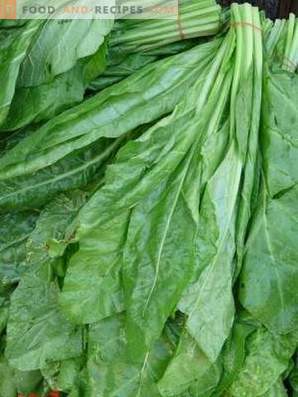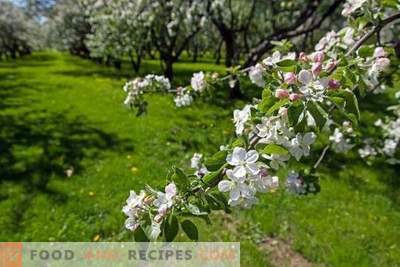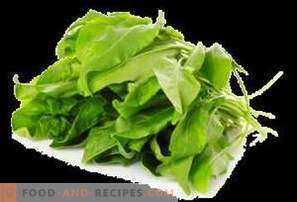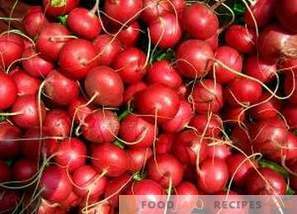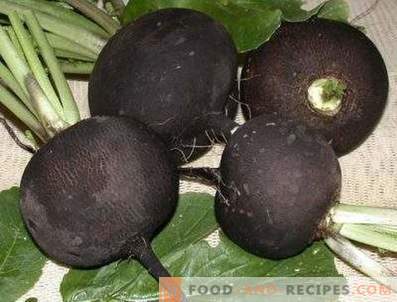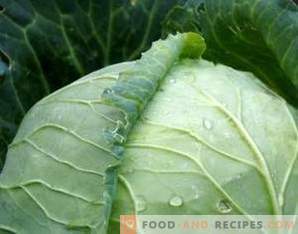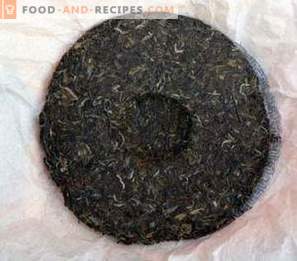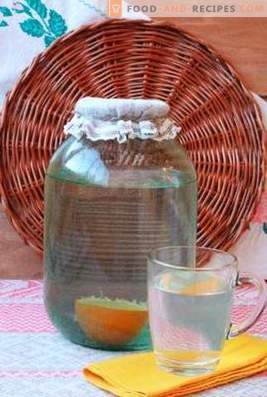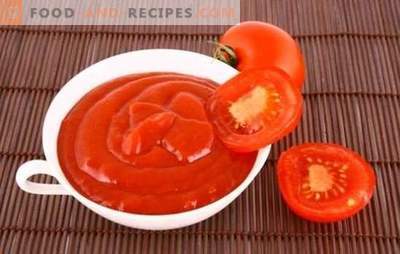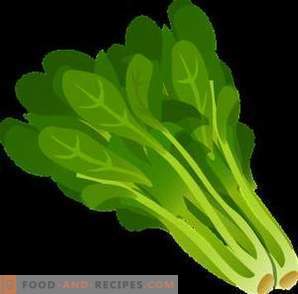
Spinach is not as popular among garden plants as, for example, sorrel or radish, but its useful qualities are great, so it is worth paying attention to those who care about their health.
After all, spinach is a storehouse of vitamins and useful trace elements.
- Spinach is rich in potassium, phosphorus, magnesium, vitamins C, B, carotene.
- In spinach leaves there is spinach-secretin, which favorably affects the work of the stomach and pancreas.
- Spinach leaves are rich in iron, chlorophyll and folic acid, and therefore have a beneficial effect on the circulatory system.
- Spinach has a laxative effect, for which he received the nickname “stomach broom”.
But there are contraindications. Due to the large amount of oxalic acid, spinach should not be used by people with impaired uric acid metabolism, as well as by elderly people.
Spinach - the culture is early ripening, and already in early spring you can get a good harvest of vitamin greens. But his valuable qualities did not end there.
Under favorable conditions the spinach crop can be harvested within a year several times. But for this you need to know some features of its cultivation and care for him.
- Spinach loves fertilizer-rich soil, so in the fall, the plot prepared for sowing this vegetable is fertilized with manure. In the spring of this is not worth it, since the taste of spinach from such an additive will significantly deteriorate. Spinach also responds well to soil fertilization with nitrogen.
- Spinach is a very moisture-loving plant. With poor watering, spinach leaves will be tough and tasteless.
- Spinach, like mimosa, does not like being touched often. If during growth it is less touched, then the leaves will be much more tender and pleasant to the taste.
- In order to harvest during spring, summer and autumn, spinach seeds are sown at intervals of two to three weeks.
- But in the summer it is very difficult to get a quality crop because of the high temperature and the minimum amount of rain, so at this time the spinach is watered very carefully: at least 20 liters of water per 1 m2.
- To get the harvest in April, use winter spinach, which is planted in August and September. In October, the formed outlets shelter from the cold, building shelters over them, and they safely overwinter under the snow. And already in early spring (in April), when the earth is filled with moisture, they quickly grow. But this method is suitable only for areas with a mild climate and relatively warm winters.
When to harvest spinach
Spinach is harvested within 3-4 weeks after sowing. About half of the leaves can be collected from each outlet.
Large spinach leaves, which have not yet formed stems, are suitable for food. Harvesting spinach is started when when there are already 5-6 leaflets on the plant. You can remove the entire crop of spinach at once, or just pick off the leaves as they mature, and then the spinach harvest is stretched out for a few more weeks. The leaves of spinach need not tear, and break off, so as not to damage the plant. But if spinach is planted thickly, and its sockets prevent each other from growing, then young plants are thinned and used for food.
Harvesting of spinach is carried out in the morning or evening hours, as during the day the leaves quickly wilt. You can not collect spinach in the rain, because wet leaves can rot.
If there is a lot of spinach, then it is pulled out along with the roots and folded down in a container.
If you need to transport the crop over a long distance, or if it does not immediately go into food (processing), then ice is put in boxes with spinach.
There is one more spinach variety - New Zealand. It germinates for a long time, but then grows rapidly in warm weather and sufficient watering, and its creeping stems reach one meter in length. Crop begin to clean after two months from the time of sowing, and harvesting stretches until the fall. Only tops of young shoots up to 20 cm long are eaten. The leaves of New Zealand spinach have a more delicate flavor.
To get a better spinach harvest, pinchings are made on the tops of adult plants, which stimulates the growth of young leaves.
Since spinach is not subject to long-term fresh storage, it is dried, canned or frozen. Frozen at -1 ° spinach can be stored for up to three months.
